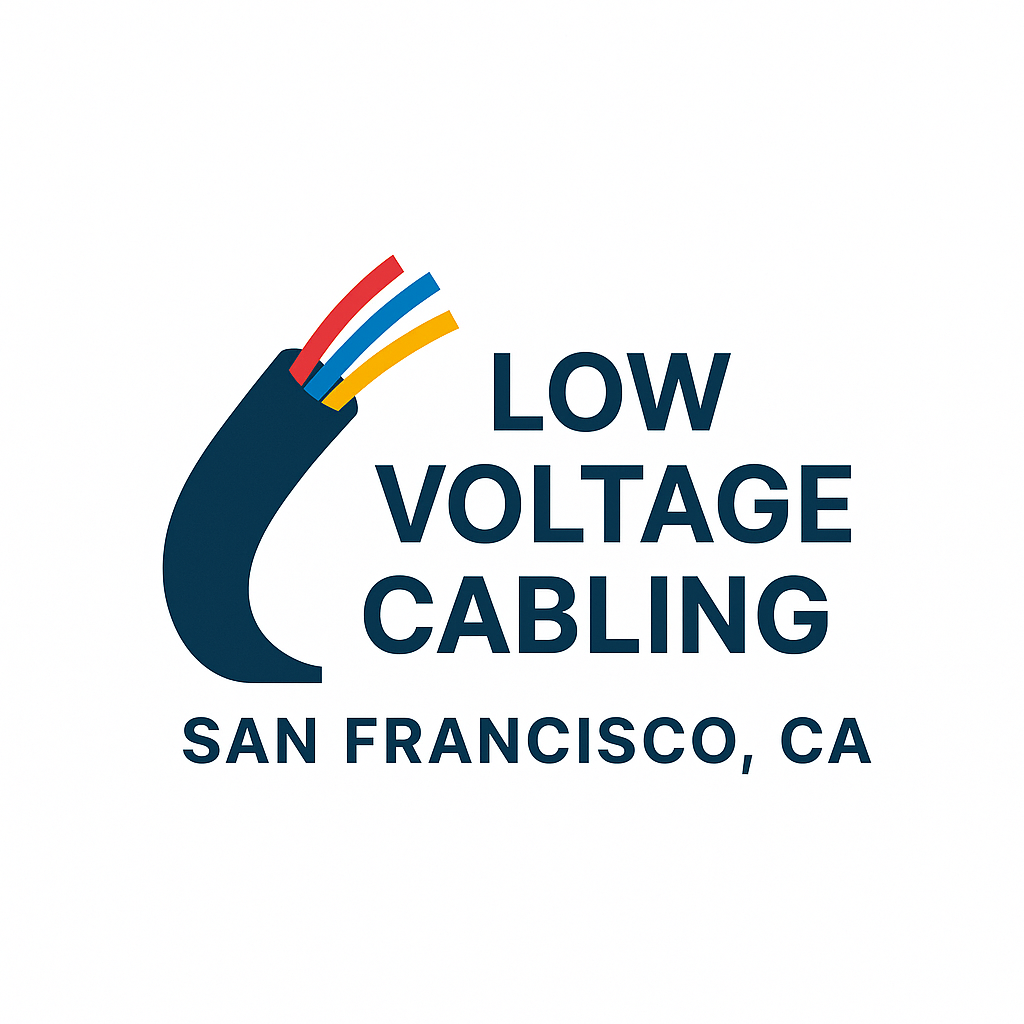Cabling Services for Warehouses in San Francisco, CA: Design, Standards & Best Practices
Warehouses in San Francisco increasingly depend on sophisticated digital operations: automated inventory systems, real-time tracking, surveillance, robotics, temperature sensors, and IoT. All of these rely on robust cabling infrastructure. In this article, we explore how to design, install, and maintain effective cabling systems specifically for warehouse environments in San Francisco, including regulatory compliance, costs, pitfalls, and future trends, Low Voltage Cabling
Why Warehouse Cabling Is Critical in San Francisco
- High operational demands: Warehouses often run 24/7 with high data throughput (inventory scanners, RFID, video surveillance). Any network failure can halt operations.
- Space & height constraints: Many warehouses have tall clear-spans, mezzanines, racking systems, and wide open floor plans which affect cable routes, supports, and slack management.
- Seismic risks and structural complexity: In San Francisco’s earthquake zone, cabling must be installed to accommodate shifts, vibration, and structural movement.
- Local building codes & inspections: Projects must comply with local permitting, fire safety, and electrical inspections, meaning wiring must be demonstrably code-compliant.
Types of Cabling Used in Warehouses
Copper Structured Cabling
Category cables (Cat5e, Cat6, Cat6a) are used for typical device drops (scanners, workstations, security cameras). For warehouse settings, Cat6a is often preferred because of its support for 10 Gbps over short runs and better performance under noise and higher load.
Fiber Optic Cabling
Fiber is critical for backbone links: connecting multiple floors, linking remote parts of large warehouses, or interconnecting buildings. Fiber eliminates many electromagnetic interference issues and supports long-distance runs without signal degradation.
Specialty Cables (Control, Sensor, PoE)
- Control wiring & sensor cables: For HVAC, motion sensors, temperature/humidity sensors.
- Power over Ethernet (PoE) lines: To power devices like IP cameras, Wi-Fi access points, smart shelves or sensors without separate power runs.
- Shielded / twisted/shielded cable: In zones with high interference (motors, heavy machinery), shielded cables may be necessary.
Regulatory Standards & Local Requirements
National Electrical Code (NEC) & Low Voltage Circuits
NEC sets rules about wiring methods, separation of low voltage vs mains, grounding, conduit fill, cable supports, class rating (Class 2, Class 3 circuits) and allowable cable pathways.
Fire & Life Safety, Smoke/Plenum Ratings
In air-handling or plenum spaces, cabling must meet plenum-rated standards (CMP, OFNP, etc.). Firewalls, fire barriers, and penetrations must be handled with firestop systems that maintain fire ratings.
Local San Francisco / California Building & Electrical Codes
California has additional electrical safety orders (Title 8) governing low-voltage wiring. Local jurisdictions may require permits, inspections, and compliance with San Francisco’s building electrical codes referencing state and NEC amendments.
Contractor Licensing & Insurance
Low voltage work may require a special license (e.g. a low voltage systems license). The contractor should also carry liability insurance and workers’ compensation.
Design & Implementation Workflow
Needs Assessment & Load Forecasting
- Survey the warehouse floor plan, rack layouts, aisles, clearance heights
- List equipment: cameras, sensors, Wi-Fi access points, scanners, PLCs
- Estimate bandwidth, power budgets, future growth
Pathways, Supports & Conduit Planning
- Plan main trunks and branch lines
- Use cable trays, ladder racks, conduits, J-hooks
- Consider seismic bracing and vibration isolation
- Maintain minimum separation from high-voltage power lines
Cable Pulling, Separation & Routing Constraints
- Respect bend radius, tension limits
- Use service loops at endpoints
- Cross power lines at right angles as needed
- Avoid tight bundles in noisy zones
Termination, Testing & Certification
- Terminate to patch panels (for copper) or splice / connector modules (for fiber)
- Label and document every cable end
- Run certification tests (wiremap, signal loss, NEXT, insertion loss for copper; OTDR / loss tests for fiber)
Documentation & As-Built Records
- Produce as-built drawings showing cable routes, slack loops, terminations
- Provide port mapping, test reports, future expansion notes
- Retain spare capacity and slack for future growth
Key Cost Drivers in Warehouse Cabling
Scale & Density of Drops
More drops (cameras, sensors, terminals) add to labor, terminations, and materials.
Cable Type & Quality
Higher-grade cables (shielded, Cat6a, fiber) have higher per-foot costs.
Labor, Permits & Inspection Overheads
Warehouse height (use of lifts), difficulty of routing, permits, inspection fees and compliance overheads raise costs.
Redundancy, Future-Proofing & Maintenance
Allowing spare conduits, redundant pathways, and extra slack adds up. Ongoing maintenance and periodic re-certification also factor.
Choosing a Warehouse Cabling Contractor
Technical Expertise & Past Project Experience
Pick contractors who have done warehouse or industrial settings, especially with high ceilings, long spans, and data-intensive systems.
Certifications & Standards Adherence
Ensure they follow industry standards (TIA-568, ANSI, BICSI) and maintain relevant certifications.
Warranty, SLA, & Support Agreements
Look for warranties on workmanship and components, and clear service-level agreements for fault response.
Risk Mitigation & Safety Practices
Check their safety protocols (working at heights, fall protection), insurance, code compliance, and quality assurance processes.
Common Mistakes & Best Practice Tips
- Over-bundling cables causing overheating or performance loss
- Insufficient slack or no service loops leading to future maintenance difficulty
- Violating bend radius or pulling tension limits
- Routing near noisy electrical machinery without shielding
- Failing to plan for future expansion
- Missing firestop sealing for wall/ceiling penetrations
- Hiring underqualified contractors without proper license or insurance
Trends & Future Directions in Warehouse Cabling
- IoT and sensor networks proliferation: more connected sensors, requiring more cabling endpoints
- Higher bandwidth demands: upgrade to 10 Gbps and beyond on backbone and access
- PoE++ and alternative power delivery over data lines
- Hybrid systems: combining fiber, copper, and wireless in seamless architectures
- Smart building integration: lighting, HVAC, robotics wired into the same infrastructure
Conclusion
Warehouse environments present unique challenges for cabling: height, density, interference, and code compliance. In San Francisco, where seismic and regulatory constraints are stricter, it’s critical to deploy high-quality, standards-compliant cabling systems. By working with experienced contractors, planning for future growth, and adhering to proper design and testing workflows, warehouses can ensure reliable, scalable infrastructure that supports modern automated operations.
